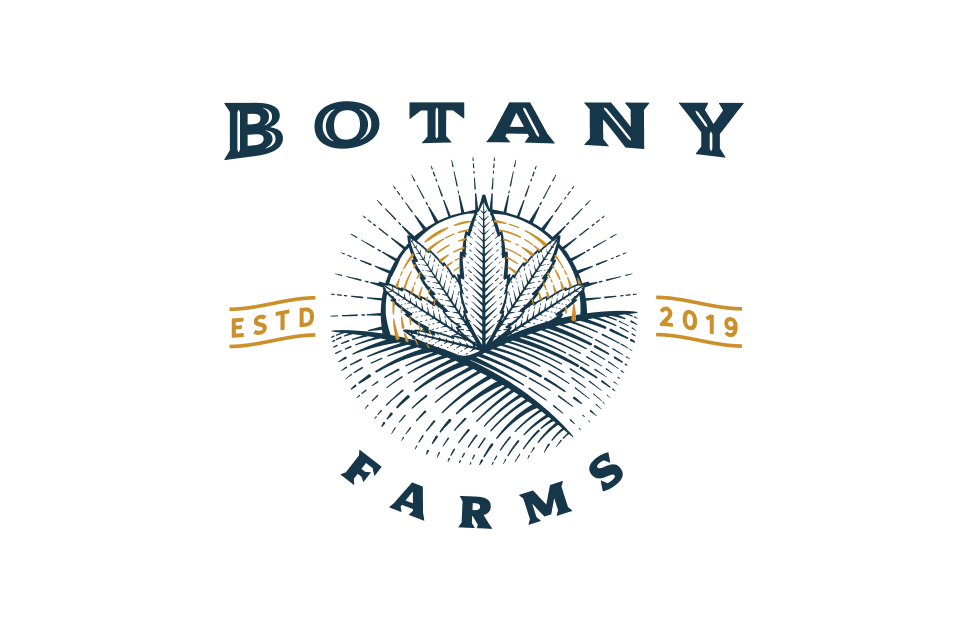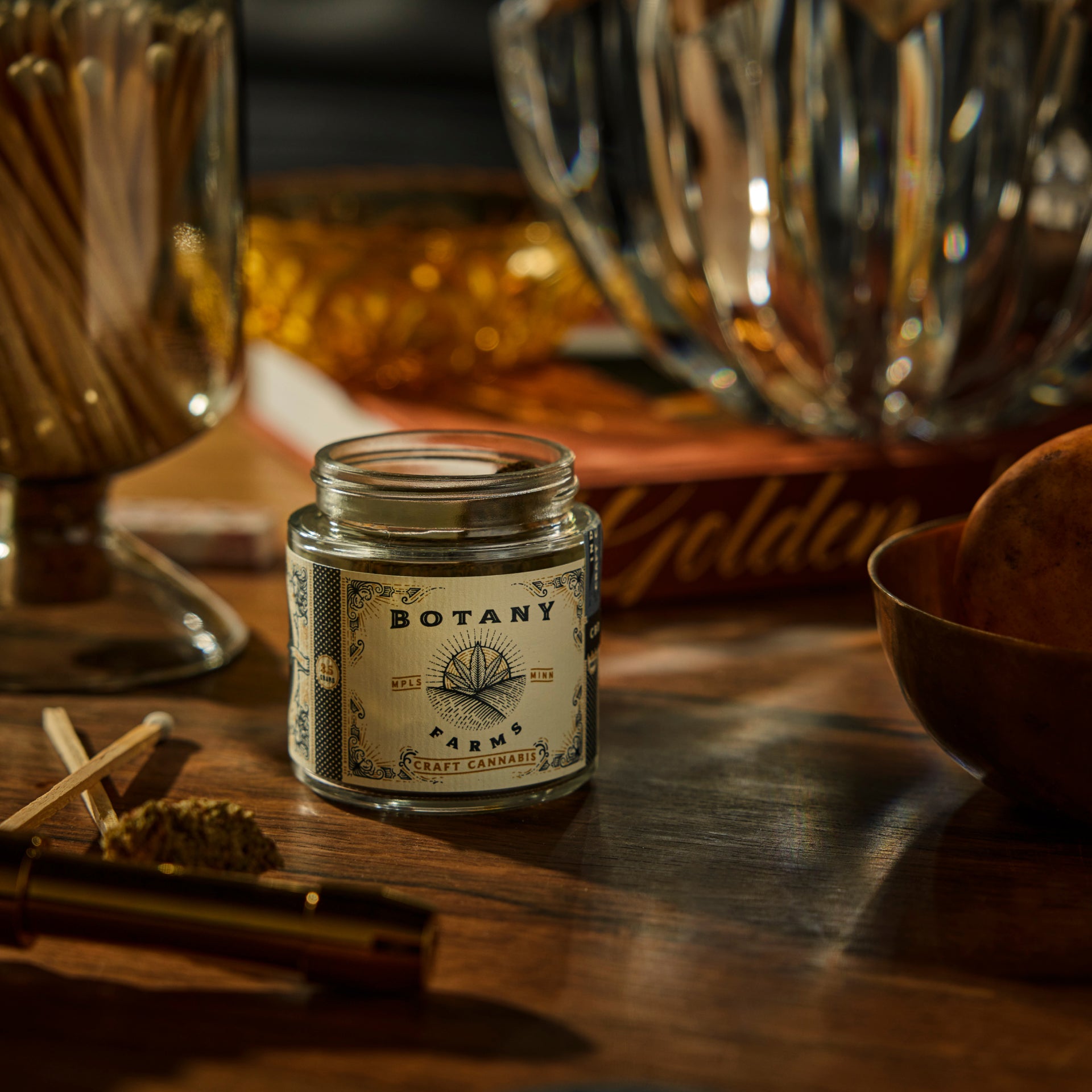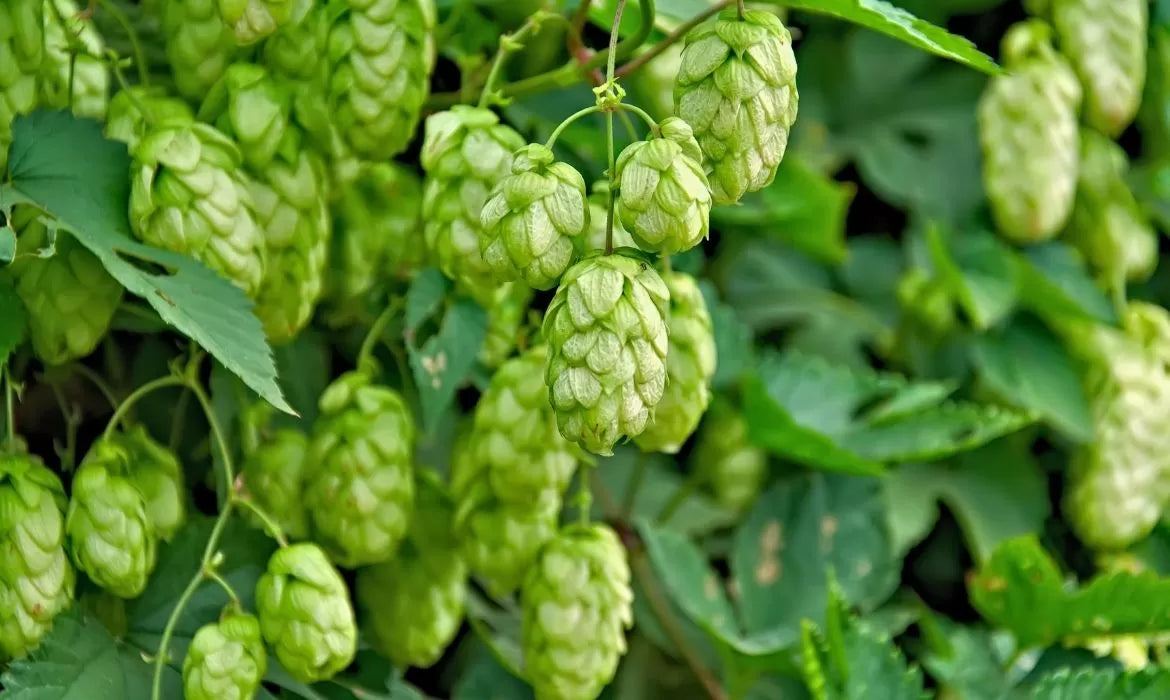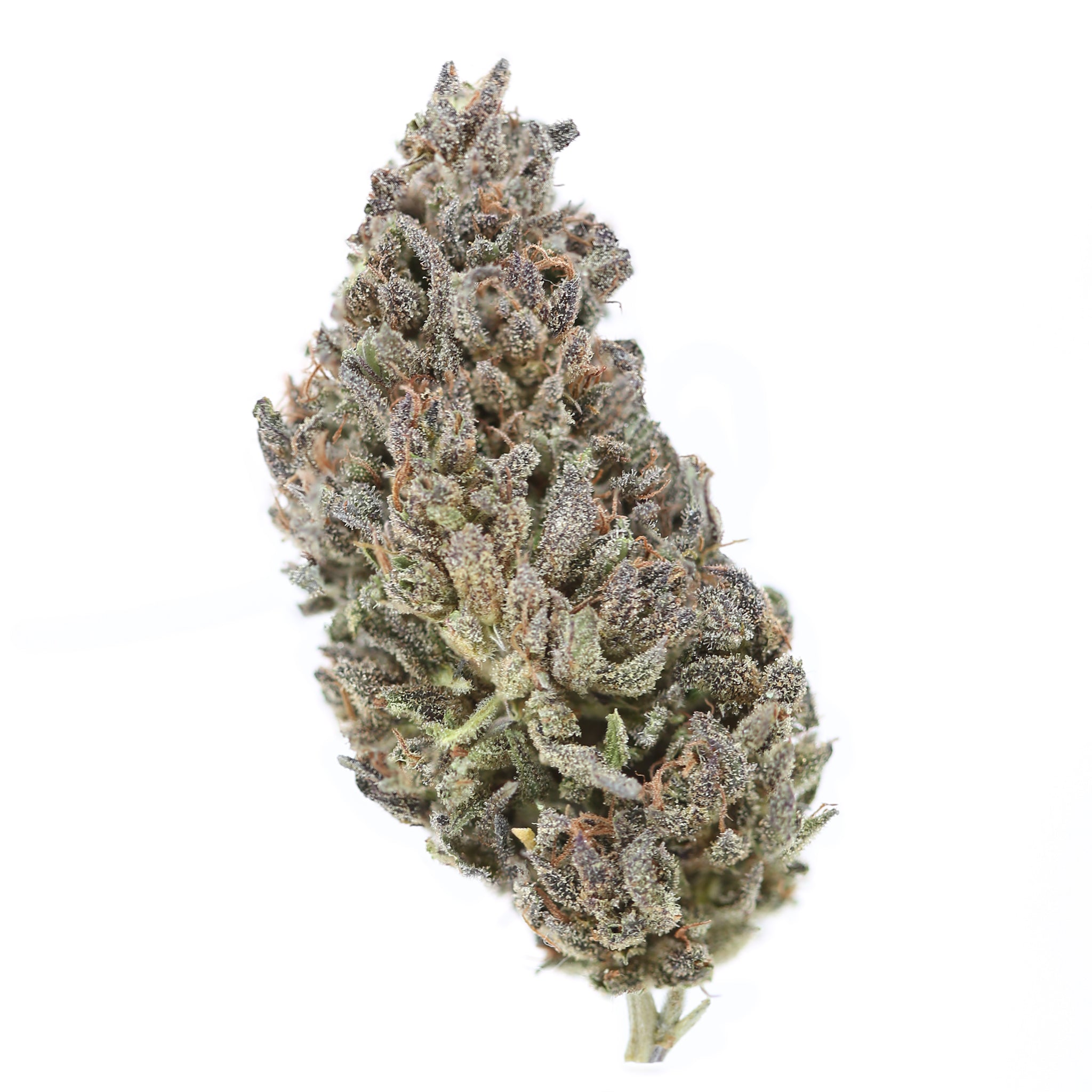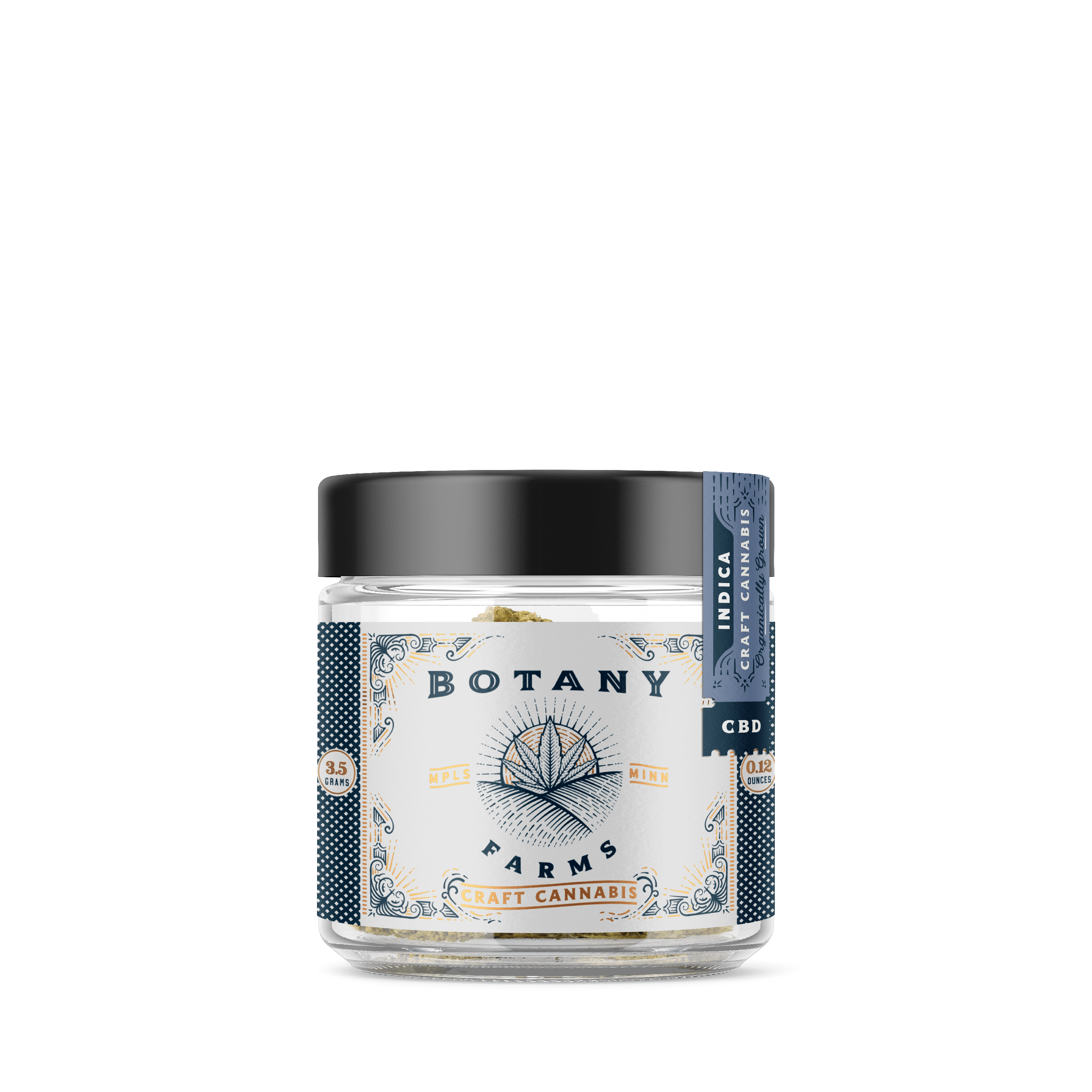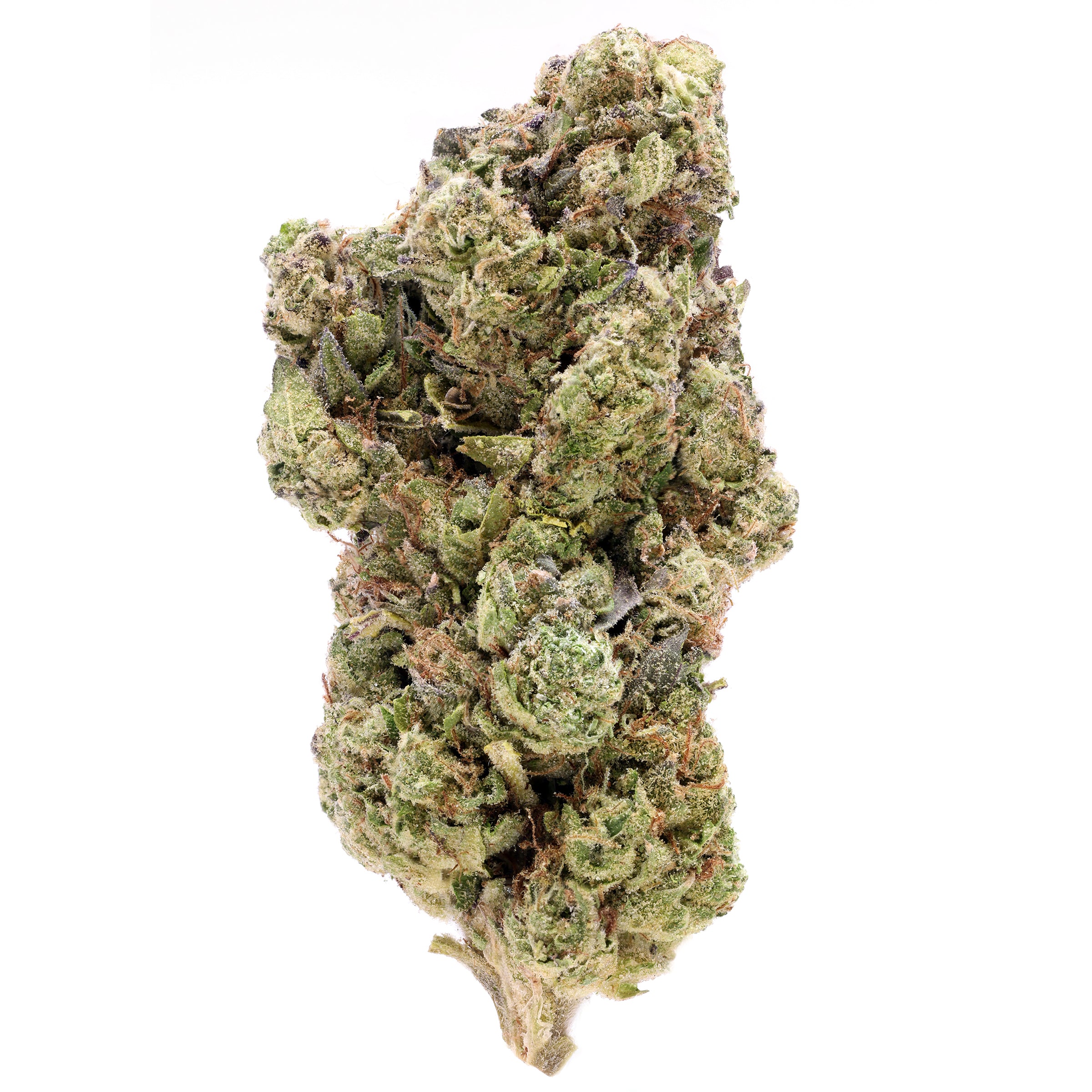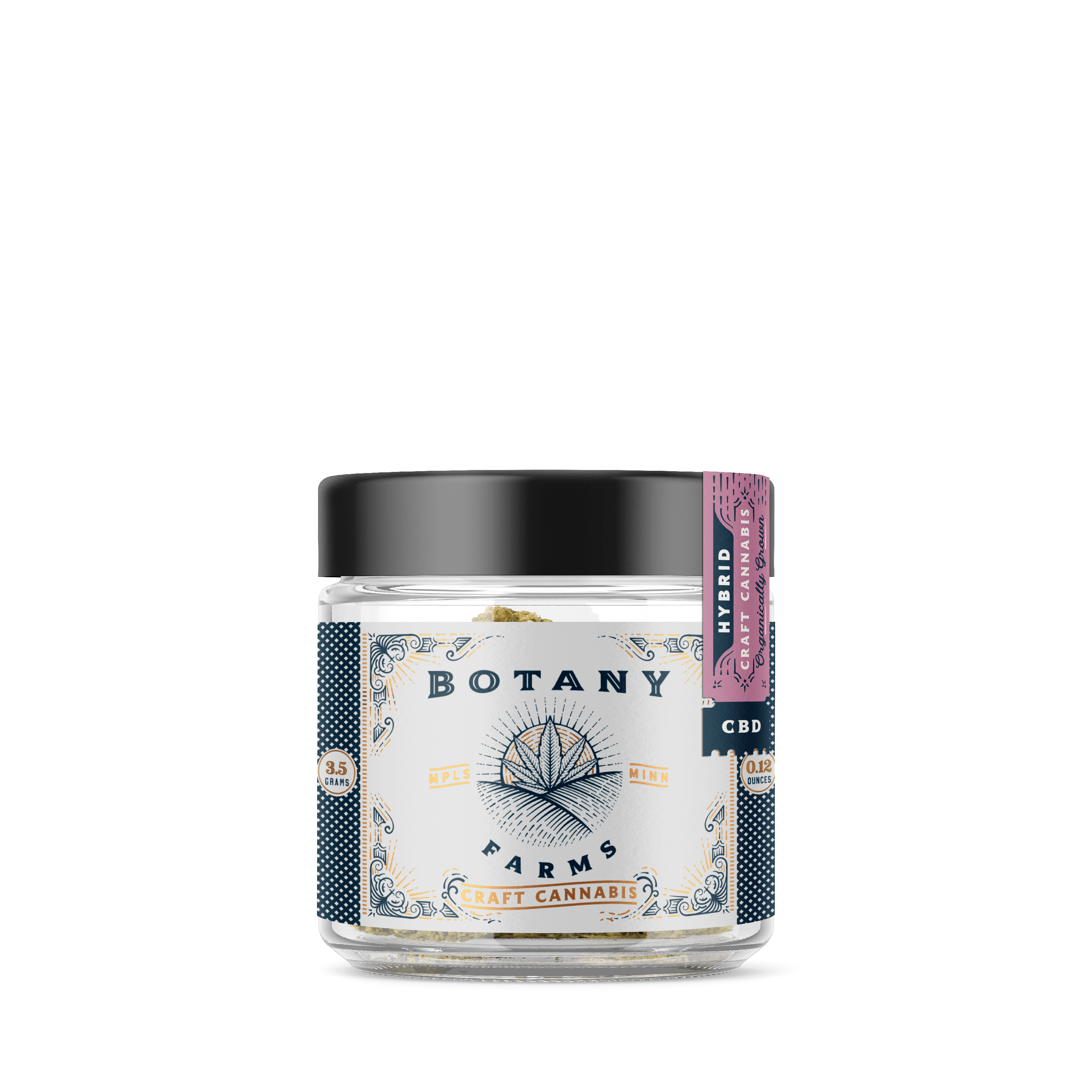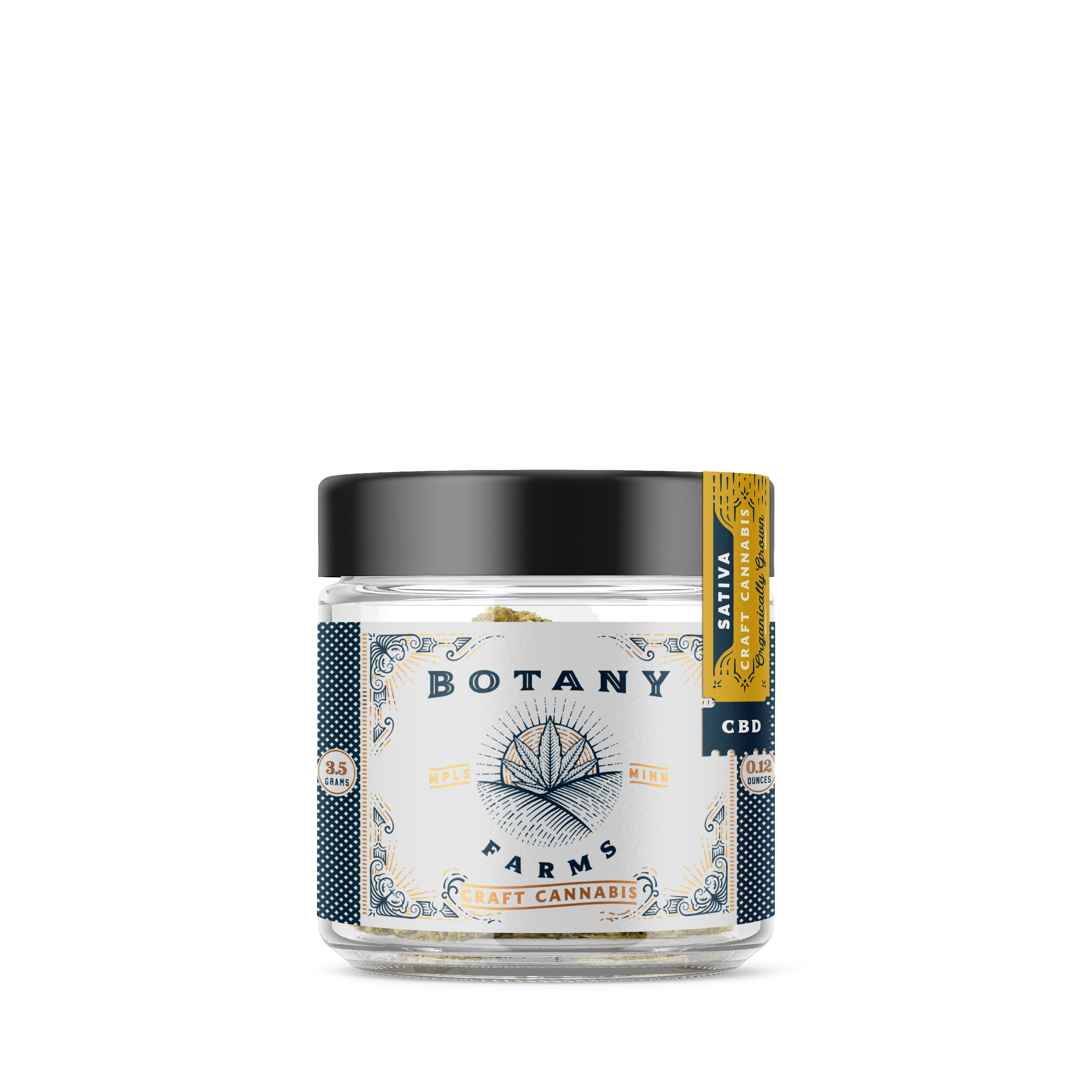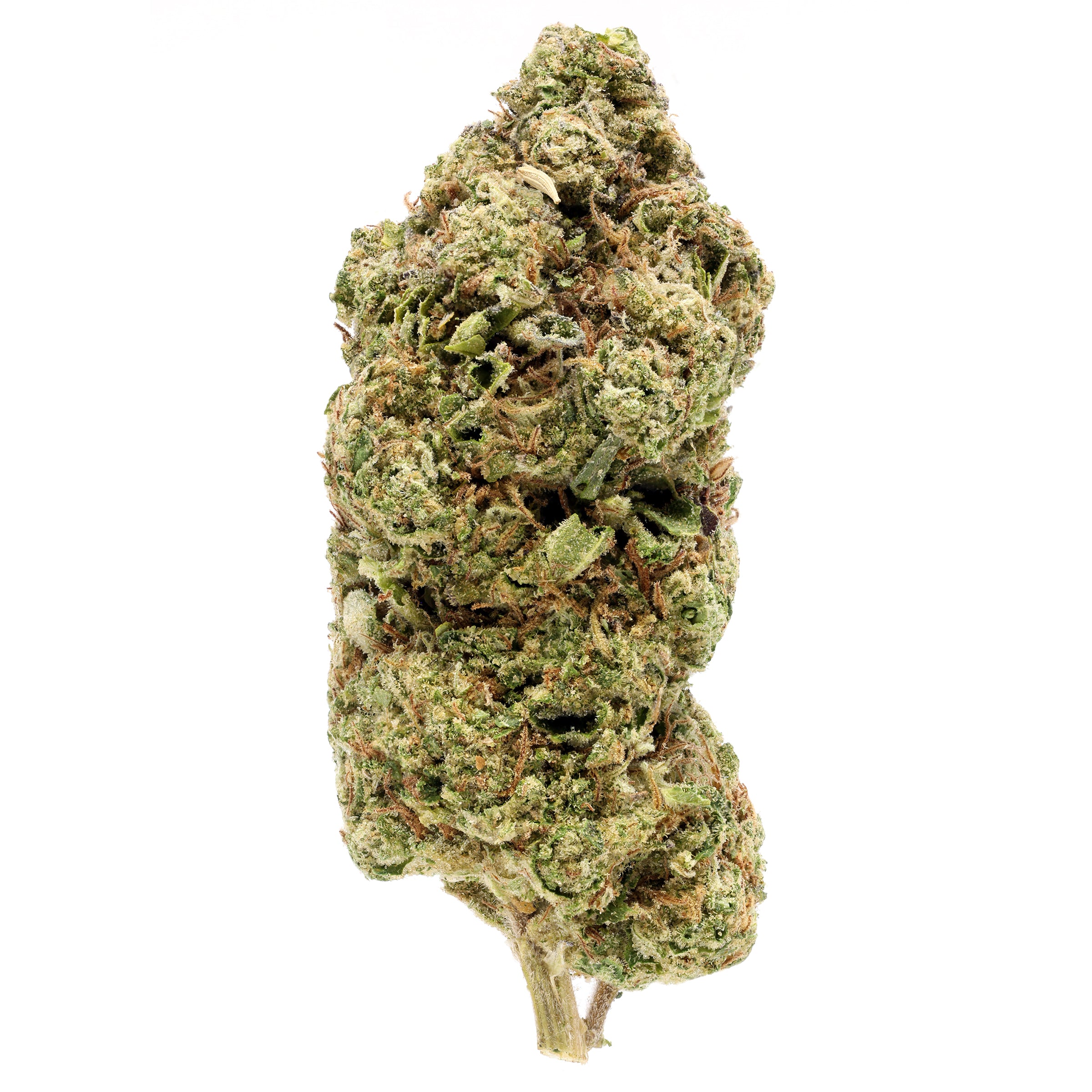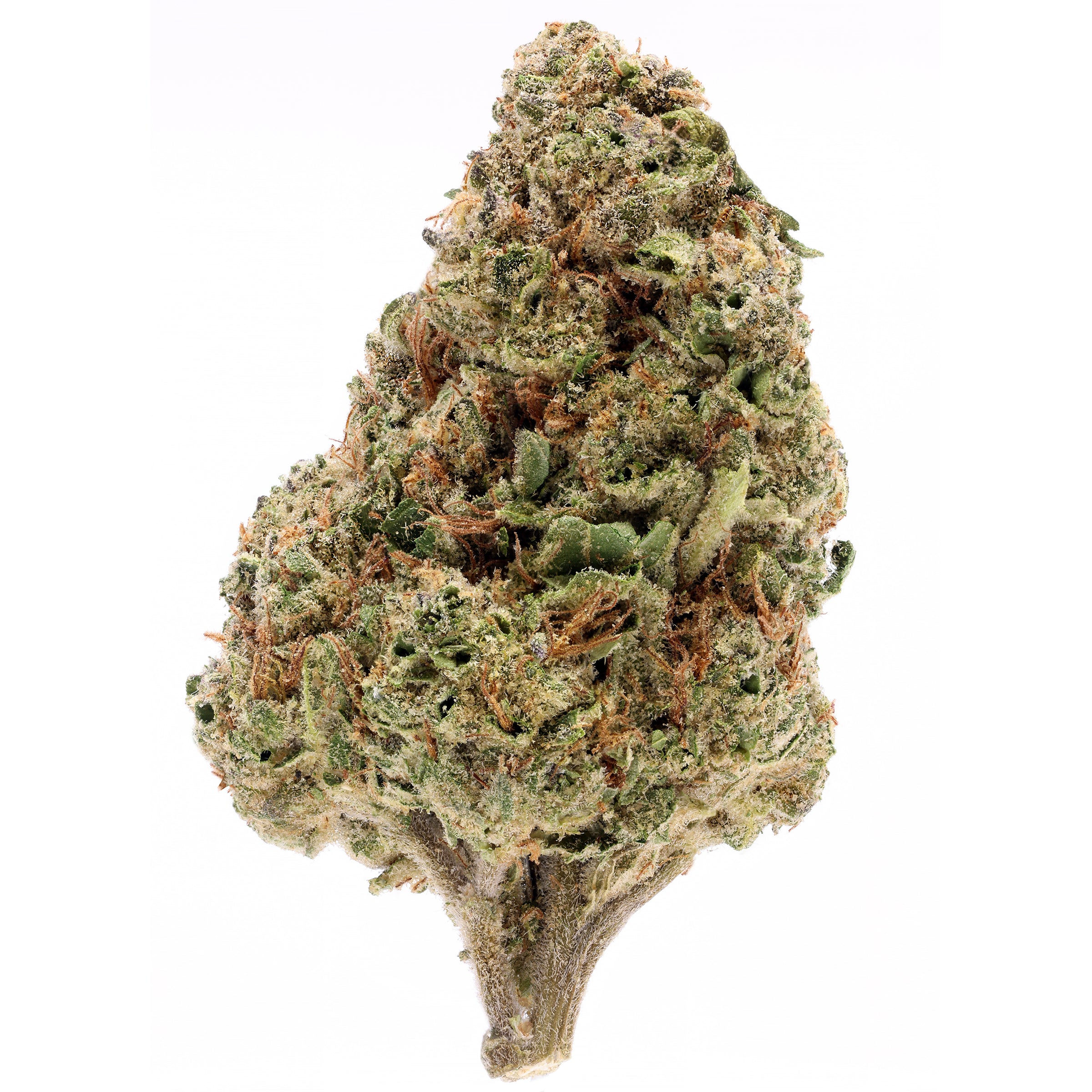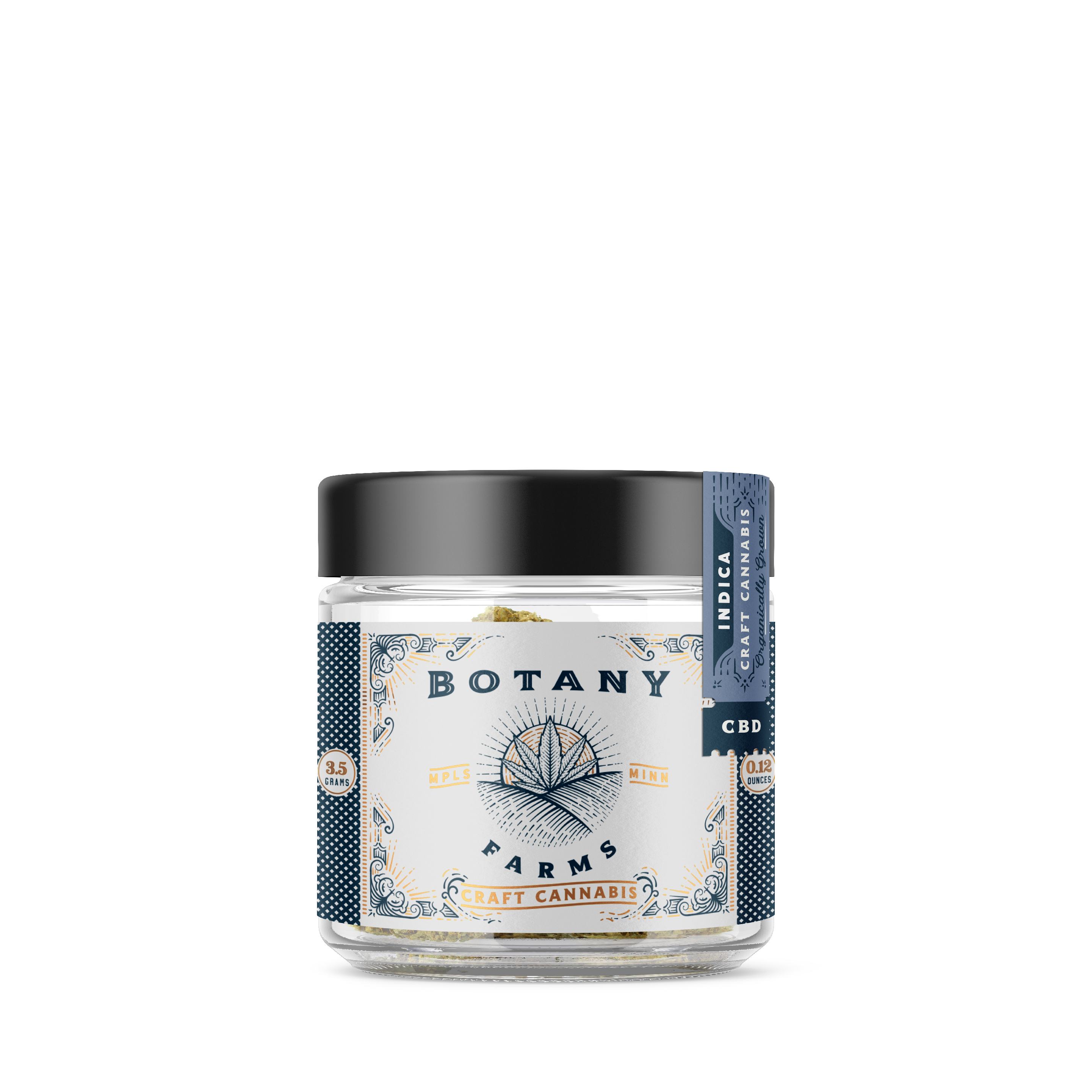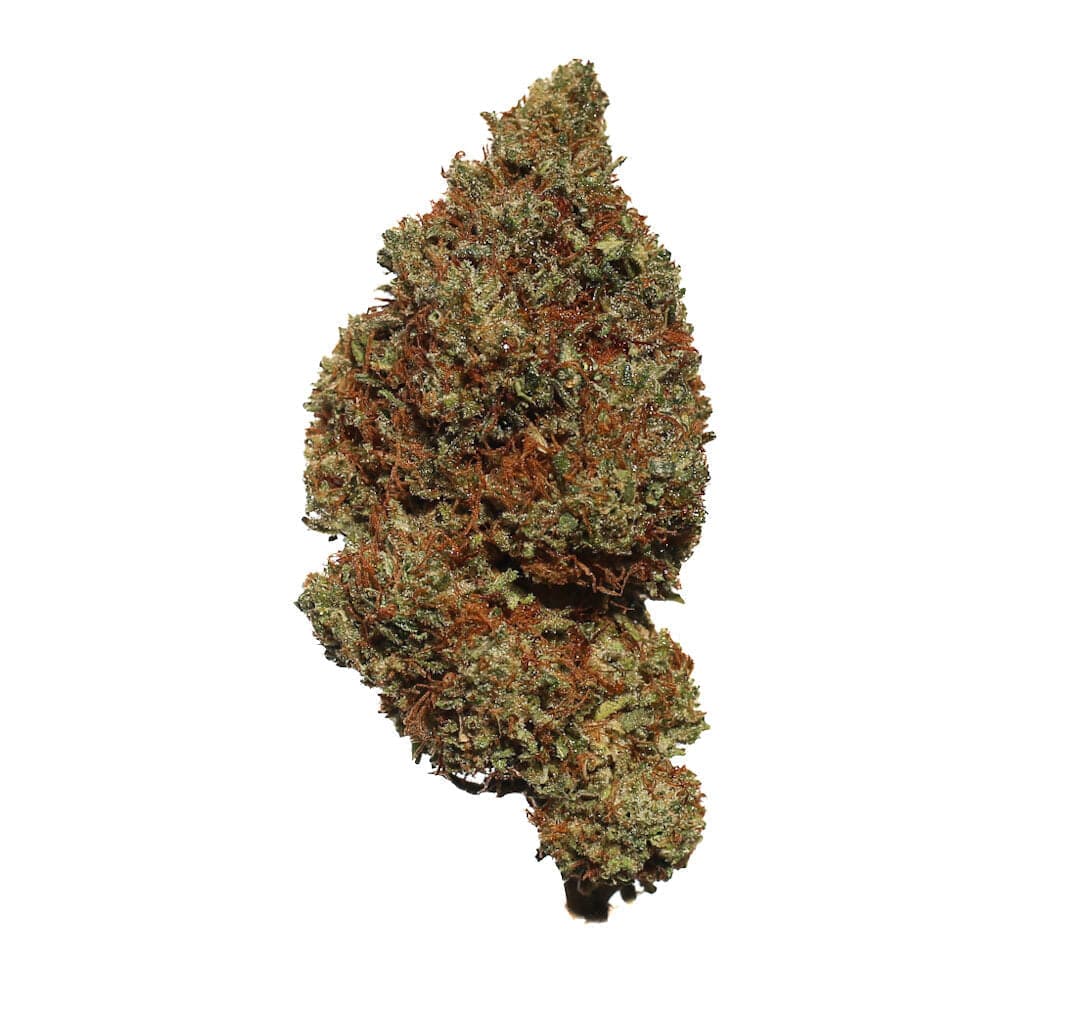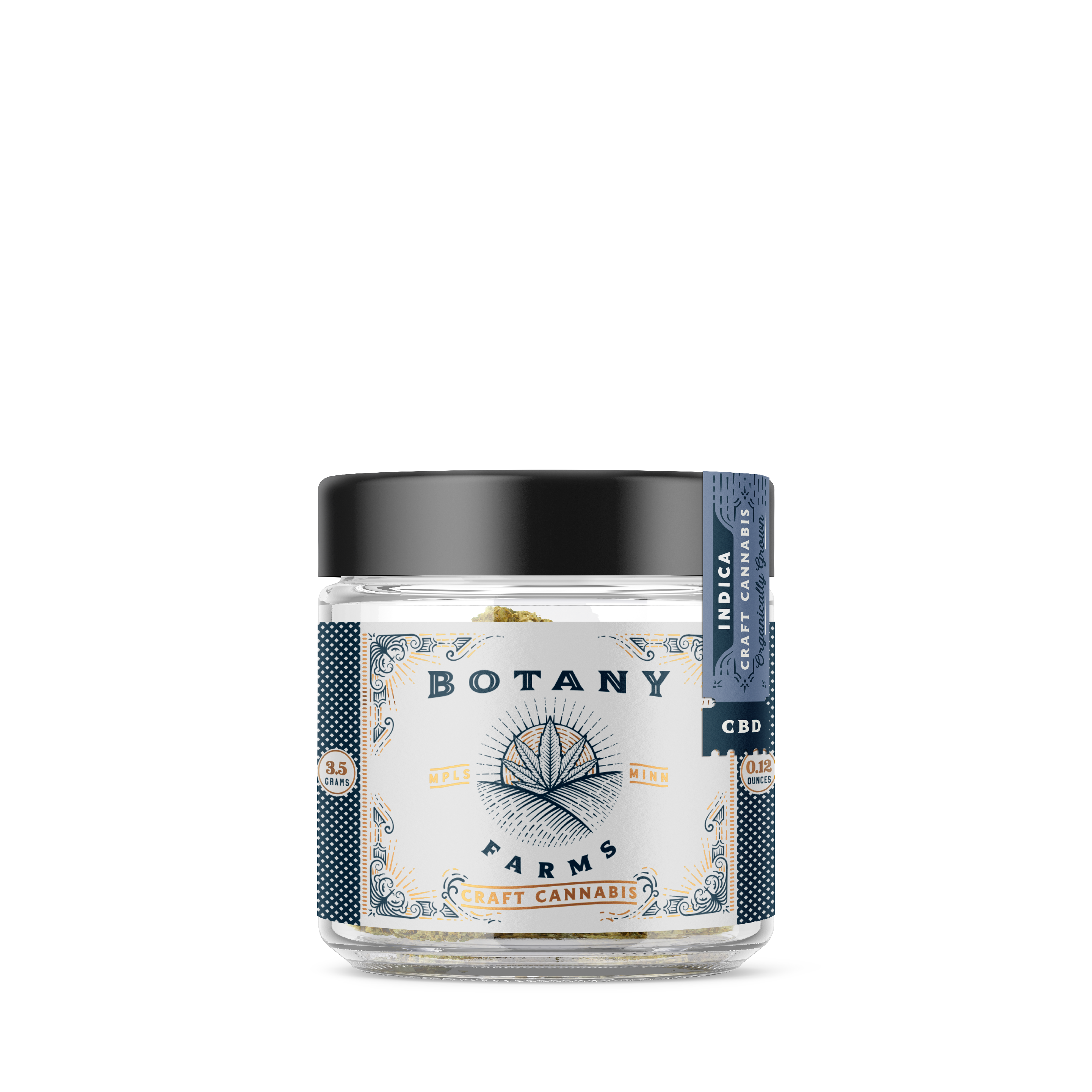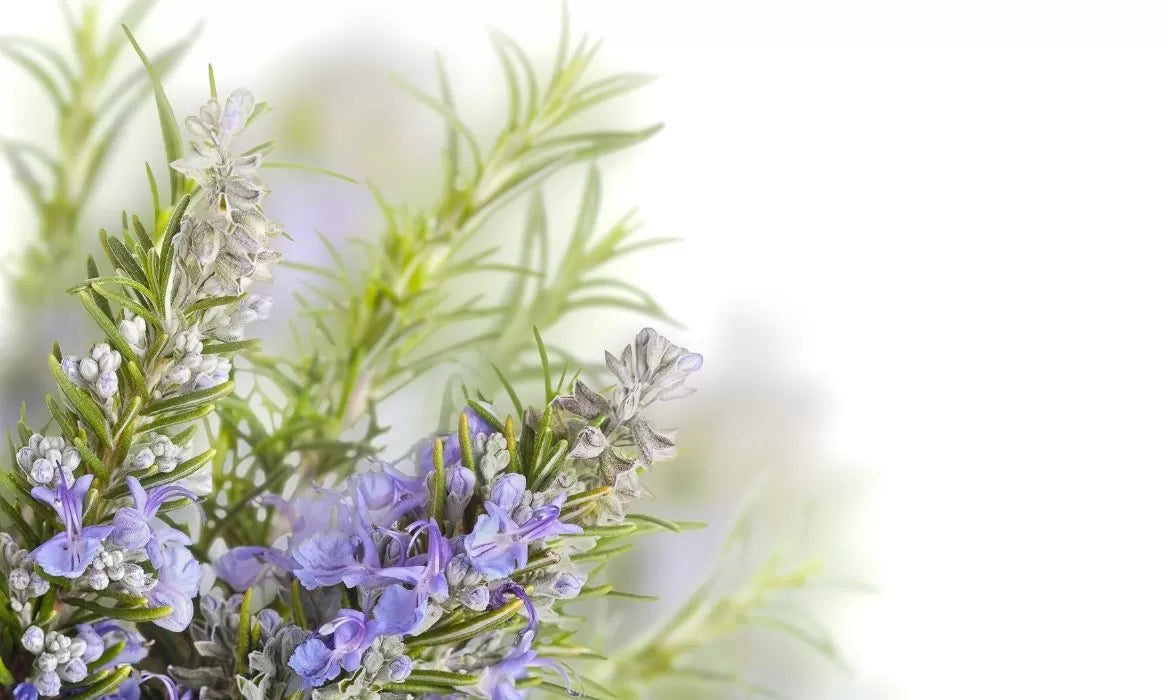Despite sounding like a scientific term, farnesene is a much more common chemical compound than we might initially think. How much? It depends on how much you eat green apples or pears or how much you use turmeric in your foods. If you've been in contact with one of these, then you've definitely felt the farnesene smell.
Farnesene may not be the most common terpene found in cannabis but it's present in a good number. Along with other terpenes, cannabinoids, and flavonoids, it brings an incredible synergistic effect that makes all beneficial properties of the compounds in the cannabis strain more potent.
But, what is farnesene? The term refers to a group of six closely related sesquiterpenes and its group of isomers and stereoisomers. You can find farnesene occurring naturally in various plants like sandalwood, patchouli, ginger, turmeric, potatoes, gardenias, ylang-ylang, and cannabis.
For those interested in the medicinal side of cannabis and in all the qualities and therapeutic possibilities this ancient plant can provide, we have compiled some interesting information about farnesene and what properties it can bring to your cannabis strain.
Key Takeaways
- Farnesene is the compound responsible for generating the characteristic smell of green apple skin.
- The term farnesene refers to a family of six sesquiterpenes and isomers
- The main isomers of farnesene are α-Farnesene and β-farnesene
Where Does Farnesene Come From?
Farnesene is a natural organic compound that comes from some plants and fruits. This terpene naturally occurs in plants like ginger, sandalwood, turmeric, green apple skin, gardenias, patchouli, potatoes, turmeric, ylang-ylang, and of course, cannabis.
Farnesene is not the most abundant cannabis-derived terpene of all. However, there are some varieties of plants in which farnesene occurs in higher concentrations, even becoming the dominant terpene in the profile of some strains.
The world of terpenes is as fascinating as it is diverse; it is the conjunction of different families and subgroups of various organic compounds that can be closely related to each other. At the same time, these organic compounds can share marked differences that can greatly separate one compound from another in terms of characteristics and possible health benefits.
This is the case with farnesene owing to a complexity that reflects the macrocosm interweaving of terpenes. We say this because when we say farnesene, we may be referring to more than one organic compound. From the list of terpenes and their possible effects, farnesene refers to a family of six sesquiterpenes and isomers derived from FPP by reactions channeled by farnesene synthase.
The main isomers of farnesene are α-Farnesene and β-farnesene. Each of these isomers, in turn, can be divided into subgroups of stereoisomers. In the case of alpha-farnesene, it can exist in four variations that differ concerning the geometry of two of the three internal double bonds. In the case of beta-farnesene, this can vary in two stereoisomers that vary in the geometry of the central double bond.
What Does the Terpene Farnesene Do?
In addition to generating an enticing odor, farnesene acts as a natural repellent to protect plants from insects, aid the rotting process of fruits, and carry several potential health benefits.
The farnesene content in cannabis can make some varieties particularly beneficial for sleep. Farnesene can also be one of the best terpenes for sex, as it can act as a subtle relaxant to enhance intimate moments with your couple. Additionally, this fascinating organic compound might also carry some potential antifungal against Candida Albicans and even anticarcinogenic activity.
There is also data suggesting that the farnesene content in ginger may improve gastrointestinal activity in several animal models, which means it may also improve gastrointestinal functions in humans. Nonetheless, science still needs more research on the potential medical benefits of farnesene for human health.
Among farnesene characteristics, the aroma is one of its most attractive features. Farnesene is responsible for the distinctive sweet, floral, fruity, and woody aromas in some cannabis strains. If you've ever smelled the skin of a juicy, ripe green apple, then you've experienced the smell of farnesene.
This sweet-smelling sesquiterpene enhances the fruity, slightly citrusy, and apple-like nuances in the buds of some cannabis strains such as Cherry Punch, White Rhino, Zookies, Gainesville Green, Dutch Treat Haze, among others. The scent by farnesene is part of the aromatic profile of the essential oil of some plants, oils such as rose oil, sweet orange oil, and orange peel oil.
The cosmetics industry has been using the natural aroma of farnesene in different beauty and personal care products to generate the characteristic aroma of green apples in them. Some cosmetic products in which the scent of farnesene is not dominant may also contain small amounts of this terpene as a complement to round or shape other citrus and fruity odor profiles.
Is Farnesene a Sativa or Indica?
Sativa or Indica are terms used to classify cannabis plants according to the nature of their effects and the structural and growth characteristics of the plant. On the other hand, farnesene is just one of many naturally occurring organic compounds in some cannabis strains.
Therefore farnesene as a terpene is not classified as Indica or Sativa as these terms are used to classify cannabis plants considering a more complex set of factors, including the terpene profile. In some varieties, farnesene occurs only in small amounts or not at all. Nonetheless, depending on the Indica or Sativa nature and the genetic ancestry of each strain, farnesene can occur in less or more.
Is Farnesene in Hops?
Farnesene (both α-Farnesene and β-Farnesene) is one of the main compounds in hops’ essential oil. It contributes an important part of this plant’s aromatic profile, giving to hops that woody, floral, citrus, and herbal smell that characterizes this crop.
Is Farnesene Used for Biofuel?
Yes, farnesene is a long-chain, branched hydrocarbon molecule, scientists have found that it can be used as one of the components for biofuel production. This sesquiterpene is also used for lubricants, bio-polymers, and resins. Nonetheless, the actual bio-jet production is not specified and not considered an advanced biofuel yet according to the SGAB definitions.
Farnesene Terpene Effects
Farnesene is responsible for generating the characteristic smell of green apple skin. However, researchers have found that this organic compound can also have several fascinating effects.
This terpene has excellent muscle relaxant, sedative, and calming effects. It is also antibacterial, anti-inflammatory, anti-fungal, and recent studies have shown that organic chemicals might help with tooth care preventing tooth decay.
Another intriguing effect of farnesene is that it acts in many plants as a natural insect repellant, functioning as a pheromone that interacts with various insects. Some studies have demonstrated that aphids release farnesene before the danger of death or when dying to warn their companions of the near threat.
This terpene is also de responsible for the scald of some fruits. When farnesene oxidizes, it forms compounds that damage the fruit’s cell membranes, which eventually causes cell death in the outermost cell layers of it.
Farnesene Terpene Benefits
Due to recent discoveries of its beneficial effects, we shed light on the possible benefits of farnese. Among these, we can mention the following:
Anti-Inflammatory: Turmeric has been used for centuries in different cultures as a natural anti-inflammatory. Recent studies have shown that such anti-inflammatory properties of this root are mainly due to its high content of farnesene.
Antibacterial and Anti-fungal: In this sense, farnesene seems to be very similar to other terpenes found more commonly in cannabis strains such as pinene, limonene, myrcene, among others. Despite not being as typically found in cannabis, farnesene turns out to have its own load of antifungal and antibacterial properties, to the point that some insects can react to this natural compound as if it were a pheromone.
Prevents Tooth-Decay: Farnesene can help fight the bacteria Lactobacillus acidophilus, which is cariogenic and responsible for tooth decay. Scientists have also found this terpene to fight carcinogenic bacteria.
Improves Digestion: Farnesene rebalances bacterial levels in the digestive tract by inhibiting bacteria’s growth and helping the body return to homeostasis by killing harmful bacteria like Candida Albicans. More recent studies have shown that farnesene has beneficial carminative properties to combat intestinal spasms and cramps that cause flatulence and other digestive problems.
Antispasmodic and Anxiety Relieving: The sedative and muscle-relaxing effects of this terpene turn out to be of great help for people who deal with conditions such as anxiety, stress, or depression. These same muscle-relaxing effects of farnesene can help control spasmodic episodes such as seizures. in fact, farnesene has been found in a number of Indica strains associated with anticonvulsant properties or that may prove to help treat epilepsy.
Alpha-farnesene Terpene
Despite the similarity of the terms and the fact that this isomer belongs to the farnesene group, they are the same thing due to small variations in the name and chemical bonds within these compounds make a big difference in effects.
In this same way, the isomers and stereoisomers of farnesene occur differently. Alpha-farnesene is most commonly related to the perfumes and cosmetics industry and is produced mostly synthetically.
Beta-farnesene Terpene
Beta-farnesene or trans-beta-farnesene is actually the type of farnesene with which we are the most commonly familiar. It occurs naturally in the skin of the green apple and in a variety of plants. It is characteristic of some strains of cannabis to which it transfers its properties and effects.
Farnesene Applications
Farnesene falls into a group of lesser-known and not-so-studied terpenes. However, researchers have found enough information to validate a myriad of uses and applications for this amazing organic compound.
Among some of the applications that farnesene can have, it can serve as a feedstock for the chemical transformation of various compounds in the industrial production of a large number of products.
This is mainly because farnesene is a renewable building block for the market you want to create. Its molecular structure makes it unique and efficient as a scaffold for specialty chemical applications.
Other applications farnesene can have are as performance material, adhesives, fragrances, surfactants, stabilizers, emulsifiers, cosmetic oils, polymers, and crop protection. Also check our article on Derived Terpenes, or this guide to the Best Terpenes for Sleep.
